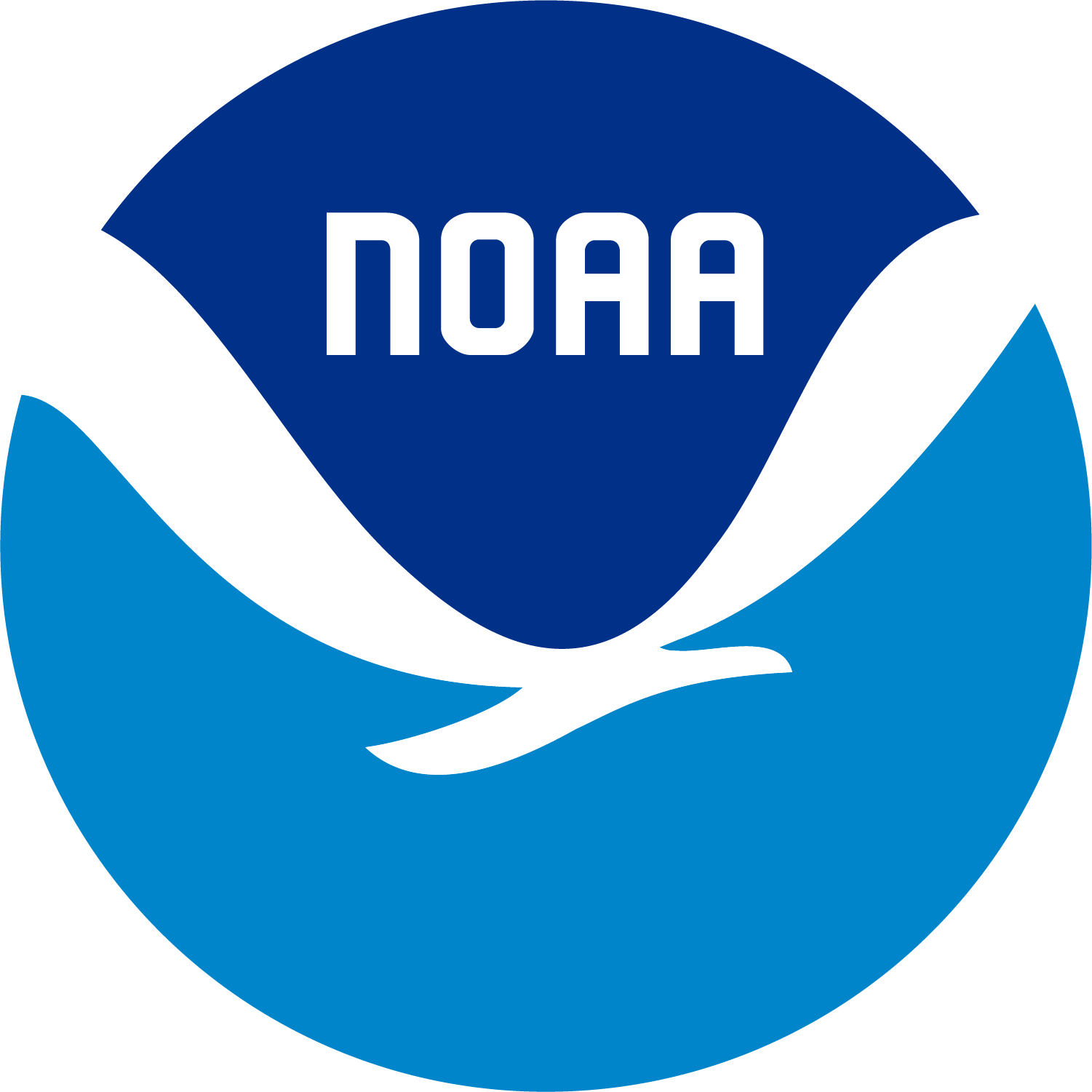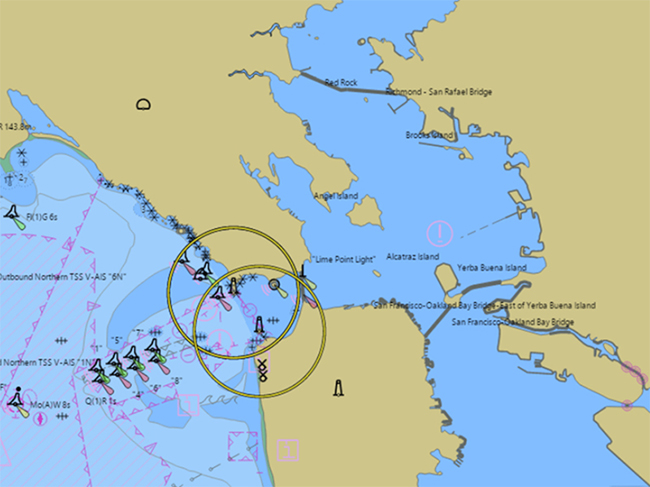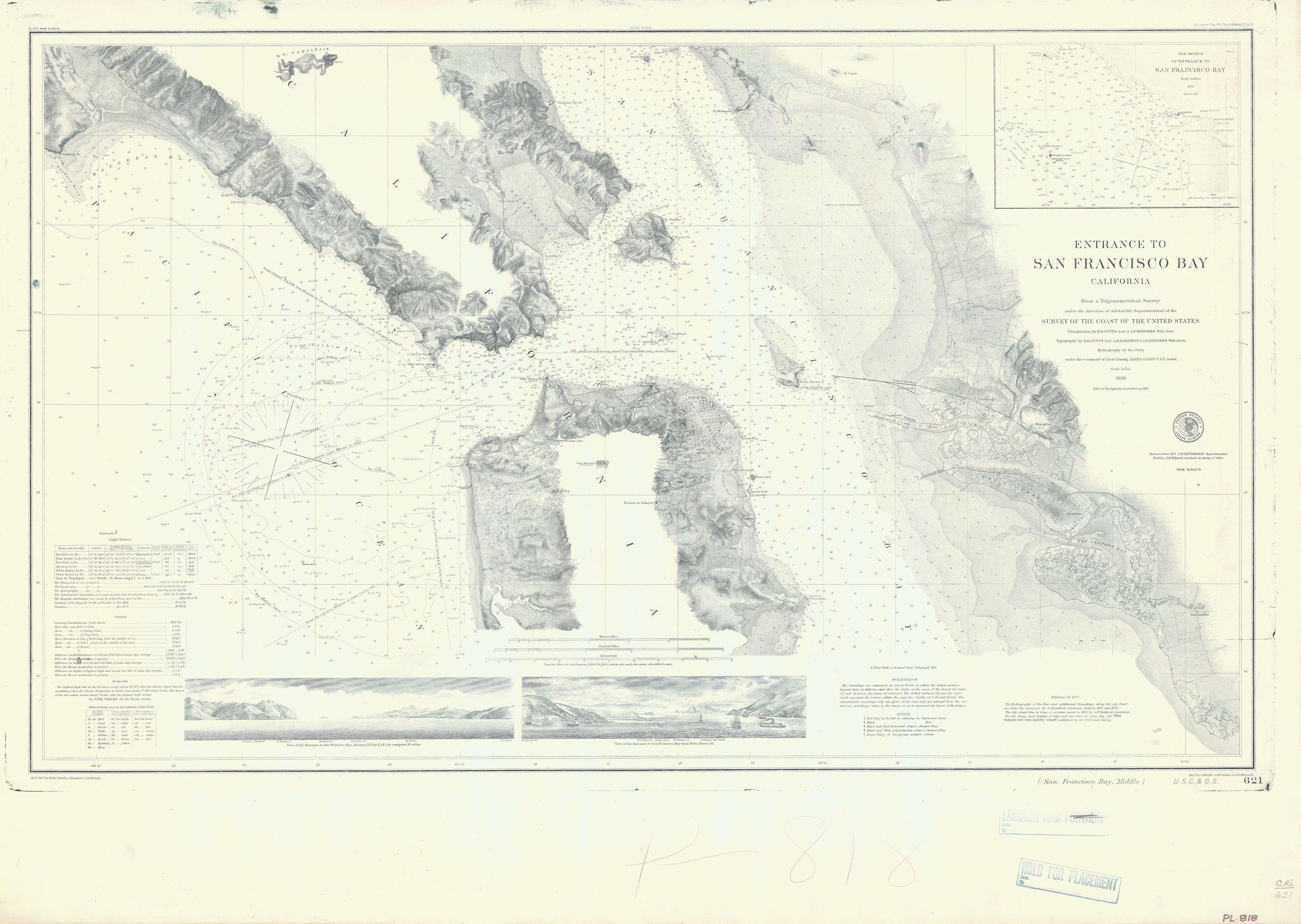 An
official website of the United States government.
Here's how you know we're official.
An
official website of the United States government.
Here's how you know we're official.

Office of Coast Survey
National Oceanic and Atmospheric Administration
U.S. Department of Commerce
NOAA has sunset its traditional paper and raster nautical charts.
Sunsetting is a term that refers to purposely and systematically phasing out a product or service. In 2019, NOAA published a notice in the Federal Register that it would be Sunsetting it's Raster Nautical Charts. The raster sunset program was completed in December of 2024 with the cancellation of the last of NOAA's 1,007 paper charts. Raster charts include traditional paper nautical charts and the corresponding digital images of these charts. Raster charts are composed of a grid of columns and rows of color pixels - or dots of ink on paper charts - which form the text, linework, and other symbols that make up the chart. The scale, symbolization, text placement, and orientation of the chart is fixed when the chart is compiled.
All traditional NOAA paper and raster charts, and related services have been canceled, including:

Rationale for ending NOAA paper and raster chart production
There is a growing need for ever more detailed nautical charts. This is driven by several factors, including larger ships now entering ports and transiting channels with the tightest of under keel clearances — requiring more precise depth information; and the greater adoption of (and in some cases, the requirement for) use of digital charts, electronic navigational systems, and GPS — requiring greater positional accuracy. The International Maritime Organization (IMO) and the International Convention for the Safety of Life at Sea (SOLAS) require nearly all commercial ships on international voyages to use ENCs for navigation. The U.S. Coast Guard has allowed commercial ships on domestic voyages within U.S. waters to use ENCs in lieu of paper nautical charts since 2016. At the same time the use of traditional paper nautical charts decreased significantly. Sales of NOAA paper nautical charts dropped more than 50% between 2010 and 2020.
Guided by these trends, NOAA initiated a program to sunset its traditional paper nautical charts and their corresponding raster chart products and services. This enabled NOAA to focus resources on improving the coverage and content of its electronic navigational chart (ENC) data. ENCs are produced by scores of countries and used by mariners throughout the world for navigation. In addition to the complex Electronic Chart Display and Information System (ECDIS) equipment that the IMO requires large vessels to use to navigate with ENC data, ENCs are now also used in simpler electronic navigation and GPS systems by professional and recreational mariners alike. These are clear indications that ENCs are already an important part of marine navigation and that they are the foundation upon which future marine navigation systems and other marine related data are being built.
At the end of 2020, NOAA maintained over 1,000 individual paper and raster nautical charts, comprised of over 2,000 separate main chart panels and insets, compiled in over 100 different scales. Producing and distributing paper and raster charts required separate computer software and data storage, as well as specialized cartographic training and processing that was in addition to the resources needed to maintain ENC data.
NOAA has carried out an ambitious program to replace much of the existing ENC coverage with more detailed (larger scale) data — rescheming it into a regular grid of rectangular cells in just twelve standard scales. NOAA has only been able to create and maintain this enhanced suite of ENC products by redirecting resources previously used to update and distribute traditional paper and raster nautical charts.
Electronic navigational charts are now our primary nautical chart product
The NOAA ENC® product has been produced by NOAA's Office of Coast Survey for over thirty years. This data format is specified by the International Hydrographic Organization (IHO) and each ENC is a digital database that stores the location and shape of charted features as pairs of latitude and longitude coordinates. This is known as "vector format" data. Database records associated with each feature provide detailed information, such as the feature's color, shape, height, purpose, quality of position, and other attributes. The data contained within ENCs can be used by electronic navigation systems to enable safer voyage planning and route monitoring. This includes initiating warnings and alarms when a ship is heading into shallow water or toward other dangers to navigation. ENC update files are released every weekday evening. When ENC update files are loaded, many navigation systems apply these updates automatically.

Ongoing improvements to ENC production
In the early 1990s, NOAA began digitizing data from its paper nautical charts to create content for a new digital chart product, the electronic navigational chart. The scale and limits of each ENC chart (called a cell) were inherited directly from its corresponding paper chart. The resulting ENC product suite consisted of over 1,200 irregularly shaped ENC cells, compiled in over 100 different scales.
Adjoining paper charts, even with the same navigational purpose (harbor, approach, coastal, etc.) were often compiled at slightly different scales to accommodate different chart orientations, paper sizes, or a desire to extend a chart's coverage to include harbors or other key features at opposite sides of a chart. Different depth contour intervals were often used on different-scale, adjoining charts and the process of "edge matching" adjoining ENC cells built from these different scales was challenging.
A new NOAA ENC rescheming program is replacing the current irregular layout of ENCs with a regular grid of rectangular shaped ENCs. This multi-year effort will increase the number of cells in the ENC product suite to about 9,000, most of which will each have a smaller footprint and many of which will be compiled at larger scales than the ENCs they replace.
The new ENC scheme also reduces the set of compilation scales to just 12. This reduction makes reviewing and resolving discontinuities between cells much easier, because new adjoining ENCs with the same navigational purpose are likely to be of the same scale. Reschemed ENCs will correct alignment errors among features on adjoining ENCs and create a standard set of depth contours in integer meter units.
A new ENC derived option for paper charts
The NOAA Custom Chart (NCC) application enables users to create their own customized paper charts directly from the latest NOAA ENC data. NCC charts contain all the same up-to-date information contained on ENCs. Depths can be displayed in meters, feet, or fathoms and there are a few other display options, such as changing the depth at which a shallow water blue tint is applied and the depiction of a "safety contour" based on a vessel's draft.
NCC outputs geospatially referenced Portable Document Format (PDF) files using the paper size, scale, and location selected by the user. Users can save their custom chart parameters in a personal chart catalog that can be reloaded into NCC at a later date to refresh the chart with ENC data that NOAA updates every weekday evening. Chart catalogs are GeoJSON files composed of text in a format used for encoding a variety of geographic data structures using JavaScript Object Notation. These small text files (about 1KB for each chart saved in a catalog) can be emailed to easily share one or more chart designs with others.

Chart catalog GeoJSON files may be imported into the NOAA Navigation Updates application to determine if any of the NOAA ENC data used to make a custom chart has been updated since the chart was last exported. The NOAA Navigation Updates application identifies critical corrections published in the Local Notices to Mariners that have been applied to NOAA ENC data, as well as routine non-critical corrections that are regularly released in NOAA ENC update files. The application displays corrections in a map and provides textual information about each correction. Charts in the catalog are tagged as either having updates "available" or "none." Charts with updates available can easily be re-exported in the NCC application with the latest NOAA ENC data applied. More information is on the NOAA Custom Chart webpage.
Historical charts and training charts
Suitable for framing or as a historical reference, previous editions of all NOAA charts — including the last edition of each paper nautical chart — may be downloaded for free from the NOAA Historical Map and Chart Collection. Nautical charts, other maps, and documents, such as the Coast Pilot, dating back to the mid-1800s are included in the collection.

Traditional training charts are "frozen in time" and are used by many mariner-training institutions. Training chart numbers include a "TR" suffix, such as 1210TR, "Martha's Vineyard to Block Island" and are marked, "For instructional purposes only. Not to be used for navigation." The Historical Map and Chart site has a direct link to Training Charts and paper copies may also be purchased from many commercial providers for about $10.